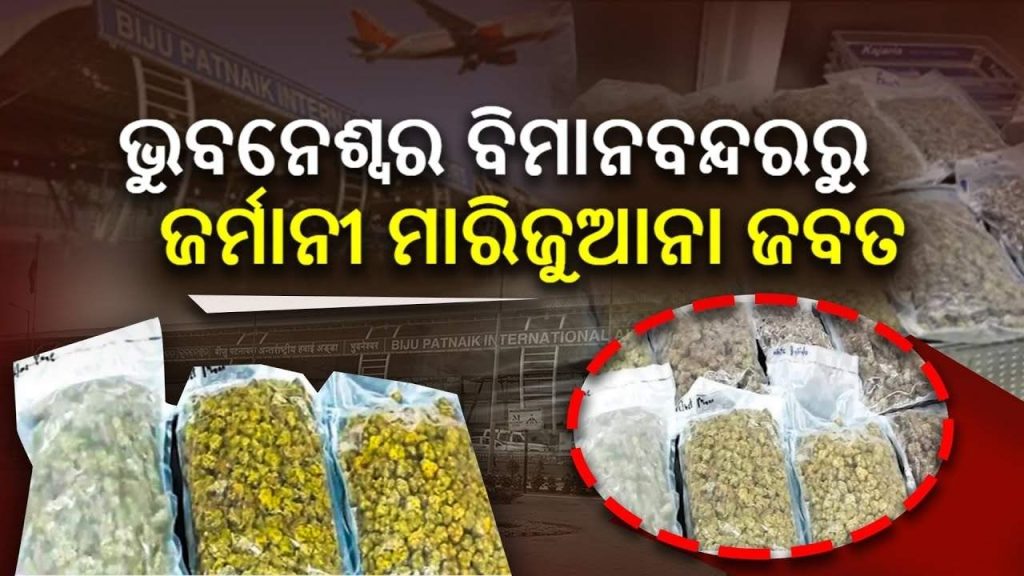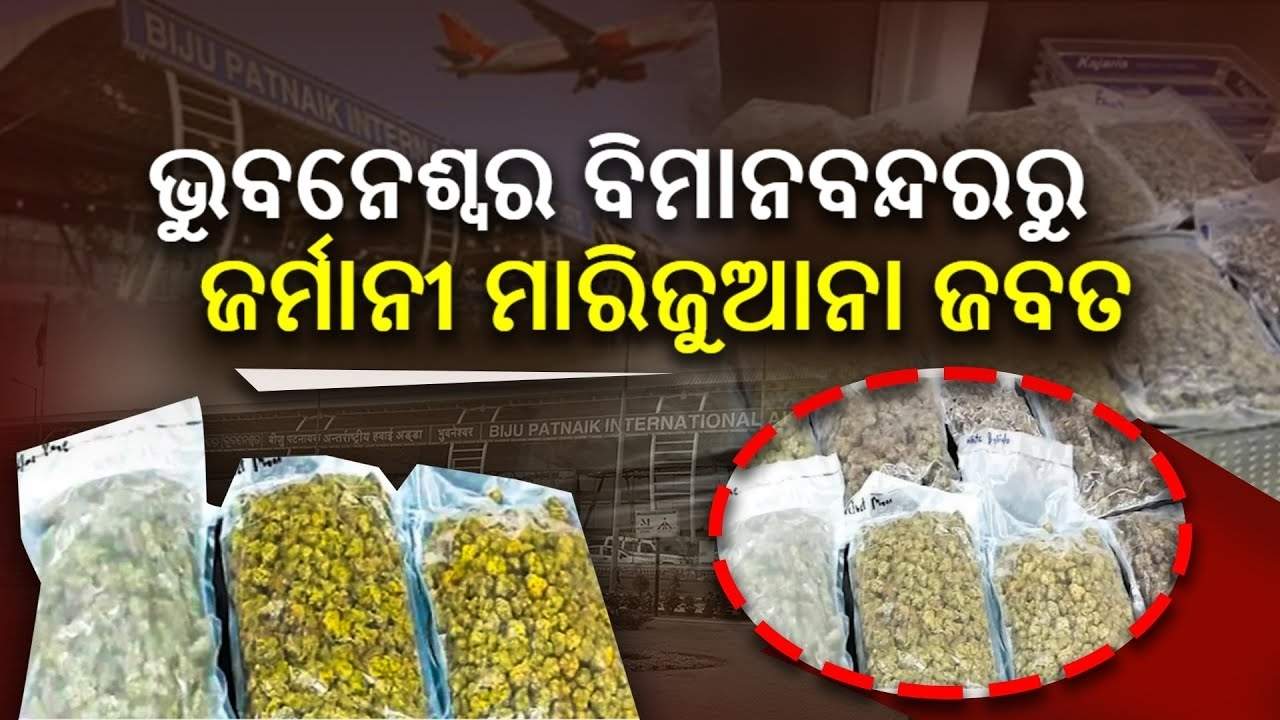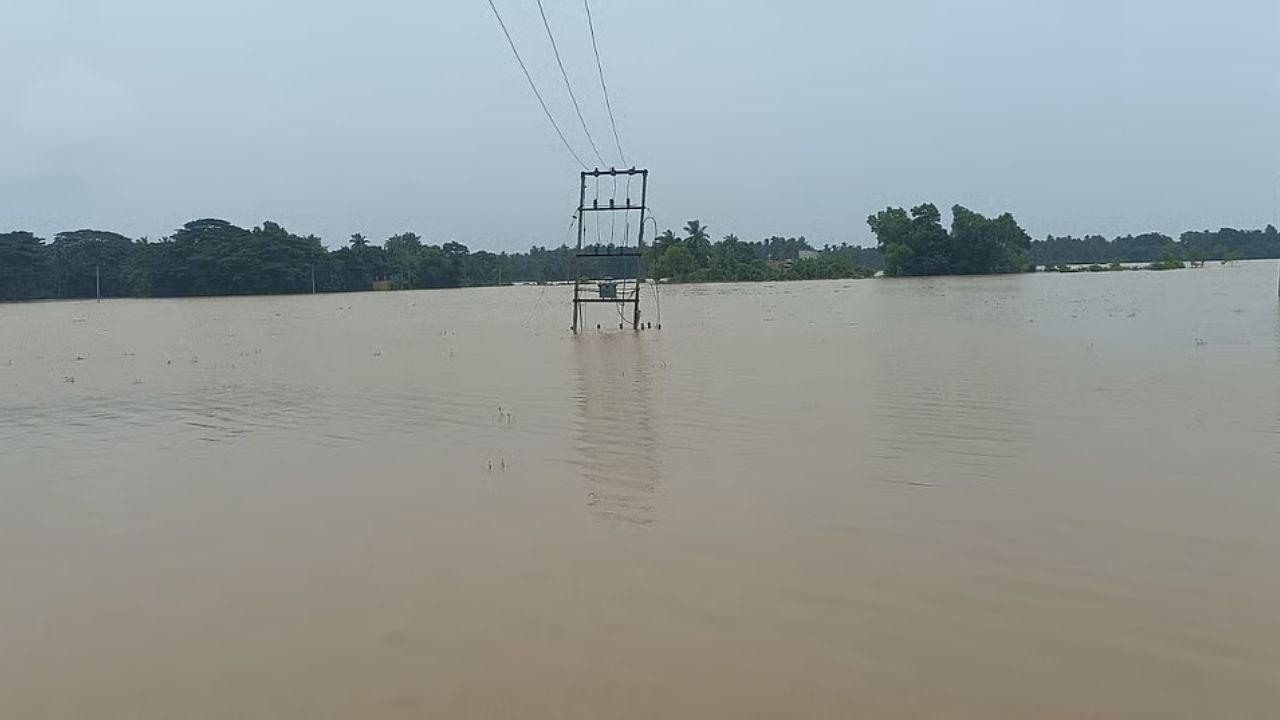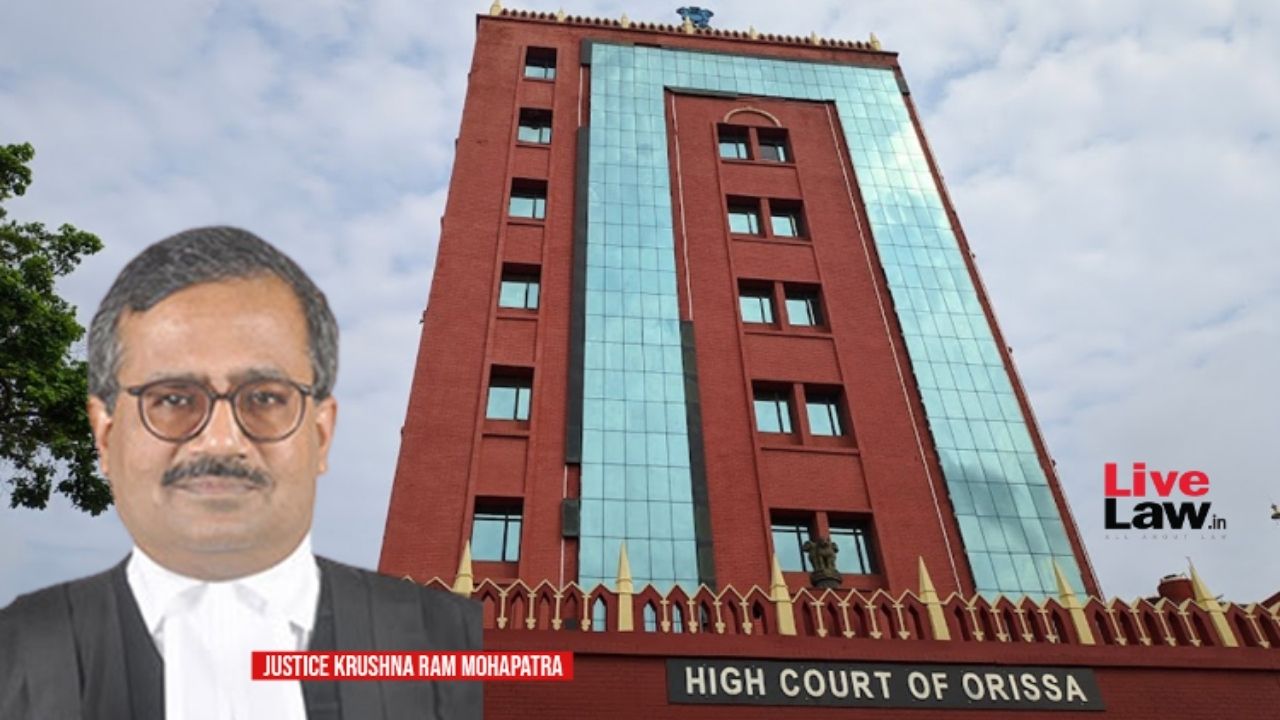In a significant operation, the customs authorities at Biju Patnaik International Airport in Bhubaneswar made a major drug bust, seizing hydroponic marijuana worth over ₹30 crore. The contraband, which was cleverly hidden in the bags of three passengers arriving from Bangkok, highlights the rising trend of international drug smuggling routes passing through India. This event sheds light on the growing role of Bhubaneswar as a critical transit point in global narcotics trafficking networks.

Hydroponic marijuana, a high-grade cannabis cultivated without soil, has recently gained popularity due to its potency and ease of transportation. With its value soaring over ₹1 crore per kilogram in the market, the seized consignment underscores the lucrative nature of this illegal trade. The operation also raises pressing concerns about the effectiveness of India’s customs checks, the challenges involved in detecting such sophisticated smuggling techniques, and the broader implications of drug trafficking in the region.
Marijuana Worth Over ₹30 Crore Seized
| Aspect | Details |
|---|---|
| Event | Seizure of hydroponic marijuana at Bhubaneswar Airport |
| Date | July 2025 |
| Seized Quantity | Marijuana valued at ₹30 crore |
| Method of Cultivation | Hydroponic technique (growing cannabis in nutrient-rich water without soil) |
| Method of Smuggling | Concealed in six bags carried by three passengers arriving from Bangkok |
| Market Value of Seized Drugs | Estimated over ₹1 crore per kilogram |
| Impact | Increased concerns over Bhubaneswar’s role as a drug transit point |
| Action Taken | Three individuals detained, interrogated, and facing legal action |
| Official Source | Odisha TV, Pragati Vadi |
The drug bust at Bhubaneswar Airport is not just a local event; it’s a reflection of a broader issue concerning international drug smuggling operations. With India becoming a significant nexus in the global narcotics trade, it’s essential to understand how these operations function, the role of customs authorities, and what this means for both the community and the professionals tasked with combating drug trafficking.
The seizure of hydroponic marijuana worth ₹30 crore at Bhubaneswar Airport is a stark reminder of the growing threat posed by international drug trafficking. While customs agencies have made significant strides in intercepting such consignments, the fight against the global drug trade is far from over. As smugglers become increasingly creative in their methods, law enforcement must adapt swiftly to stay one step ahead.
For those in law enforcement, public health, and the community at large, the key takeaway is clear: staying informed, vigilant, and united is essential in the battle against drug trafficking and its devastating consequences. While the challenges are significant, they are not insurmountable, and with ongoing collaboration, progress can be made in securing a safer, healthier future for all.
The Growing Drug Trafficking Problem: A Global and Local Concern
India, strategically located between Southeast Asia and the Middle East, has unfortunately become a key transit hub for drug smuggling. According to reports from the Narcotics Control Bureau (NCB), the country has seen an alarming rise in the trafficking of illicit substances, with airports and seaports being prime targets for smugglers. The recent Bhubaneswar drug bust is just one of many incidents showcasing how sophisticated international trafficking networks are increasingly using India as a passage point for illegal goods.
Hydroponic marijuana, like the one seized in this bust, is cultivated through a method that involves growing cannabis in water, enriched with minerals, instead of soil. This cultivation technique allows for faster growth cycles and higher yield per square foot, making it a more efficient and profitable venture for illicit growers. The marijuana from this operation was reportedly of such high quality that it was considered worth upwards of ₹1 crore per kilogram.

How Marijuana is Smuggled: A Closer Look at the Smuggling Tactics
The manner in which this marijuana was smuggled into India illustrates the growing ingenuity of traffickers. The three passengers arriving from Bangkok carried six bags containing the hydroponic cannabis. Smugglers often use such methods, hiding drugs in luggage, parcels, or even within the body cavities of couriers. The sophistication of these methods means customs officers have to stay vigilant, adapting new technologies and techniques to identify drugs concealed in creative ways.
In this case, customs officials at Bhubaneswar Airport intercepted the drugs, but such cases are becoming more frequent. The hydroponic marijuana was masked by legitimate items, making it hard to detect using traditional screening methods. Airports worldwide have seen a rise in similar cases, showing just how well-equipped smuggling networks are at avoiding detection.
The Role of Customs and Enforcement: How the Authorities Are Responding
Customs and enforcement agencies play a crucial role in preventing the entry of illegal drugs into the country. In India, the Narcotics Control Bureau (NCB) and other agencies, including the Directorate of Revenue Intelligence (DRI), are responsible for monitoring and interdicting narcotic shipments.
In the case of the Bhubaneswar airport bust, the swift action by the customs officers prevented a significant quantity of high-grade marijuana from reaching the streets. However, this is just one victory in a larger war against drug trafficking. With new smuggling tactics emerging regularly, the task for customs officials is becoming more challenging.
For professionals in the field, staying ahead of these new techniques requires continuous training, access to cutting-edge technology, and a network of international intelligence-sharing. Countries like the U.S. and European nations have already invested heavily in counter-smuggling measures, including the use of advanced scanners and AI systems that help detect hidden drugs more effectively.
How Customs Can Improve: Best Practices for Professionals
For professionals involved in law enforcement and customs, there are several strategies that can be employed to stay ahead of traffickers:
- Training and Awareness Programs – Regular training in detecting new smuggling methods, such as the use of hydroponic marijuana or innovative packaging methods, is crucial. This includes understanding emerging trends in drug cultivation and the materials used to mask illegal goods.
- Advanced Technology – Implementing the latest screening technology, including 3D scanners, chemical trace detection systems, and AI-powered imaging, can enhance the ability to detect hidden substances.
- International Cooperation – Smuggling networks are often international. Cooperation with neighboring countries and global enforcement agencies can help track and disrupt these networks before drugs reach their destination.
- Public Awareness Campaigns – Informing the public about the dangers of drug trafficking and encouraging them to report suspicious activities can also support customs efforts. Citizens can act as the “eyes and ears” of law enforcement.
Impact of Drug Smuggling: Social and Economic Consequences
The impact of drug smuggling extends far beyond law enforcement. The illicit drug trade fosters a cycle of violence, addiction, and economic instability. When drugs enter a community, they often lead to a spike in substance abuse, which in turn increases the burden on healthcare systems and social services. Drug-related crimes can also destabilize local economies and law enforcement agencies, leading to longer-term societal issues.
In the case of Bhubaneswar, the drugs seized in this bust would have likely been sold on the black market, contributing to the local drug trade and potentially affecting the youth of the region. Communities in India and around the world are continually struggling to deal with the social consequences of drugs infiltrating their neighborhoods.
Understanding the Larger Impact: The Fight Against Drug Abuse
The increase in drug smuggling has sparked a larger conversation about substance abuse prevention. Efforts to curb drug use have been ongoing, with countries around the world implementing stricter laws, awareness programs, and rehabilitation services for addicts.
For professionals working in public health and law enforcement, combating the social impacts of drug abuse involves a multifaceted approach. This includes enforcing laws to control the drug trade, providing treatment for addiction, and educating the public about the dangers of drugs.
Star Air Launches Direct Flight Service Between Bhubaneswar and Jharsuguda Starting August 16
Bhubaneswar Climbs to 9th Spot Among India’s Cleanest Big Cities; Aska and Chikiti Shine with Presidential Awards
Detailed Project Report Ready for Cuttack’s Elevated Corridor; Construction Set to Begin Soon
FAQs
1. What is hydroponic marijuana?
Hydroponic marijuana is cannabis that is grown in water with nutrient-rich solutions instead of soil. This cultivation technique leads to faster growth and higher yields compared to traditional soil-based methods.
2. Why is marijuana being trafficked into India?
Marijuana is trafficked into India because of the high demand for cannabis in both domestic and international markets. With India’s large population and growing illicit drug trade, traffickers see it as a profitable route for smuggling.
3. How do customs officials detect hidden drugs?
Customs officials use a combination of advanced technologies, such as scanners, X-rays, and chemical testing, to detect hidden drugs. They also rely on intelligence networks and informants to uncover smuggling operations.
4. What happens to the individuals caught smuggling drugs?
Those caught smuggling drugs can face serious legal consequences, including imprisonment and heavy fines. The severity of the punishment depends on the quantity of drugs and the laws in the specific country.
5. What can be done to prevent drug smuggling?
Preventing drug smuggling requires international cooperation, enhanced customs enforcement measures, public awareness, and continuous investment in technology and training for law enforcement agencies.




